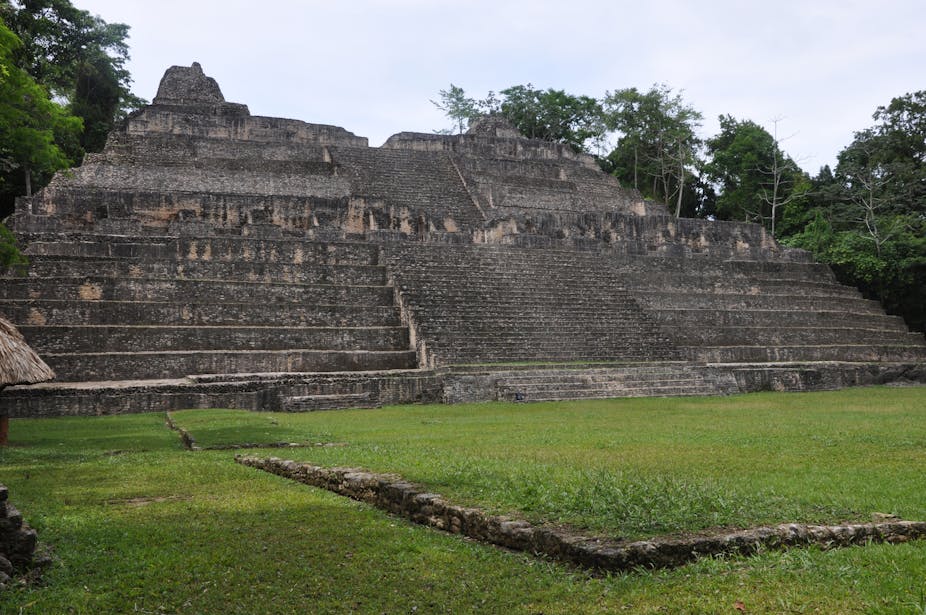
Ancient Central American rainfall records suggest climate change was linked to the rise and fall of the Maya civilisation between AD 300 and 1000, a new study has found.
Giant stone structures throughout the region hint at the strength of the Maya economy and its kings in its heyday, when plentiful rains led to an an abundance of food and a population explosion.
The study, published today in the journal Science, compared rainfall patterns reconstructed from stalagmites inside Yok Balum Cave in Belize with historical clues carved into local monuments.
While rain brought prosperity, the drought that followed brought disaster.
“We propose that anomalously high rainfall favoured unprecedented population expansion and the proliferation of political centres between 440 and 660 C.E,” the authors wrote.
“This was followed by a drying trend between 660 and 1000 C.E. that triggered the balkanisation of polities, increased warfare, and the asynchronous disintegration of polities, followed by population collapse in the context of an extended drought between 1020 and 1100 C.E.”
The droughts were linked to crop failures, death, famine, and migration in Mexico, the study said.
“Over the centuries, the cities suffered a decline in their populations and Maya kings lost their power and influence,” lead author Dr Douglas Kennett, a professor of anthropology at Penn State University, said in a statement.
Dr Andrew Glikson from the Climate Change Institute and the School of Archaeology and Anthropology at the Australian National University said the new paper “builds up on previous studies, confirming a collapse of Maya civilisation due to combined regional warming and deforestation.”
“The ensuing severe droughts and agricultural collapse were caused by aggravation of natural warming trend due to extensive deforestation and thus loss of moisture, droughts and depletion of the ground water the Maya tapped from water holes,” said Dr Glikson, who was not involved in the study.
“The parallel with modern climate change is evident – global warming associated with deforestation, leading to droughts in extensive areas and floods in other regions.”

